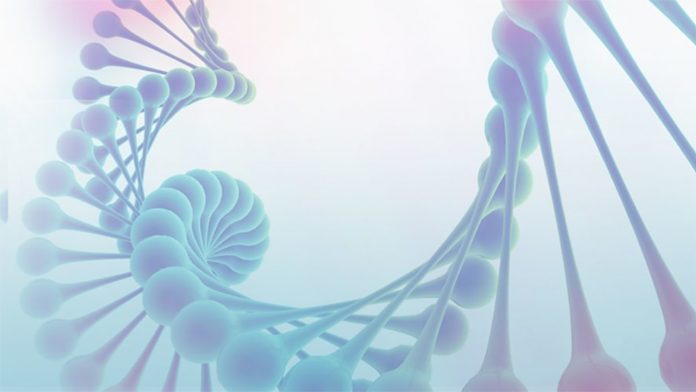
Daily rhythms in gene expression vary according to a person’s sex and age, according to new research that could help optimize when medications are taken.
The circadian clock differences, reported in the journal Science, may help explain why the incidence of some diseases differs between women and men and how age impacts this.
Women had nearly twice the number of rhythmic genes compared with men when 24-hour gene expression was studied across 46 tissues, with this particularly true in the liver and adrenal gland.
Rhythmicity was also generally lower among older people, with the researchers highlighting changes in coronary artery tissue that could impact on cardiovascular risk.
Investigator Felix Naef, from École Polytechnique Fédérale de Lausanne in Switzerland, told Inside Precision Medicine that the findings could be important in studies of how the body’s internal rhythm can impact drugs—a field known as chronopharmacology.
“A better knowledge of how physiological and molecular states depend on the circadian clock may lead to future progress in chronopharmacology, particularly regarding the need to individualize time-of-day drug administration based on age and sex,” he explained.
The circadian clock allows evolutionary adaptation to the Earth’s rotation, enabling internal behavioral and physiological body rhythms to synchronize with 24-hour environmental, societal, or feeding cues.
To investigate how this might vary in people, Naef and team collected data from 16,000 human RNA sequencing experiments in 914 donors participating in the Genotype-tissue Expression project.
This was combined with an algorithm that assigned circadian times to obtain a 24-hour overview of gene expression rhythms.
The results revealed “a rich picture of group-specific rhythms,” the researchers report, with waves of gene expression centered on the morning and evening at 7 am and 7 pm.
Dividing donors into those aged less than 50 years and those more than 60 years revealed how aging could reprogram daily rhythmic gene expression.
Adipose tissues, esophagus, and skeletal muscle showed conserved rhythmicity across age, with most genes exhibiting statistically identical rhythms in the two groups.
However, the number of rhythmic messenger (m)RNAs in older donors was about half that of younger donors. Programs that lost rhythmicity included cholesterol biosynthesis, fatty acid synthesis, and the regulation of glycolysis, which the authors note are processes known to be deregulated in vascular smooth muscle cells in cardiovascular diseases.
Furthermore, genes in some tissues switched from a 24-hour to a 12-hour ultradian periodicity with age such as in the pituitary gland, liver, and colon.
The ovaries of pre- and postmenopausal women both lost and gained mRNA rhythms, the researchers report.
They note: “The observation that rhythmic liver transcript levels, particularly in xenobiotic detoxification, were prevalent in females may reflect a sex-dimorphic incidence of liver diseases.
“Similarly, the loss of mRNA rhythms with age in coronary arteries correlates with age-dependent incidence rates of cardiovascular diseases.”






![AI Algorithm Could Reduce Breast Cancer Mammogram False Positive Rate The primary goal of the Paradigm Registry is to accelerate tumor profiling based on disease biology. [iStock/LilliDay]](https://www.insideprecisionmedicine.com/wp-content/uploads/2019/01/307-218x150.jpeg)




